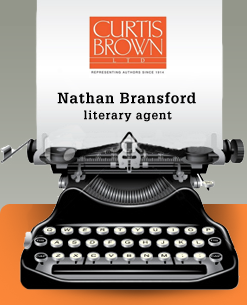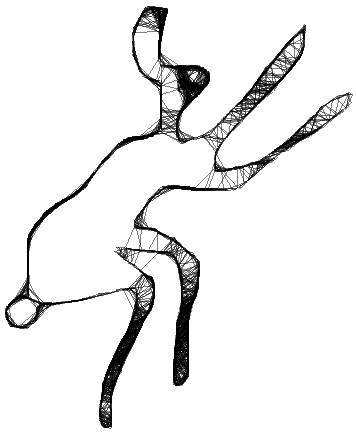
via blog.nathanbransford.com
The publishing world is awash in doomsday chatter, agonizing over the rapidly evolving packaging, distribution, retail and copyright landscape. There’s no question; the publishing world has changed, is changing and will continue to change. Bitch if you want, but we can’t go back!
Frankly, I’m with literary agent Nathan Bransford who says, “You can either be scared of the future or excited. I’m pretty excited.” His blog posting last Thursday has been swamped with comments, mostly optimistic comment from folks who are tired of the horror stories.
Bransford trumpets what’s being referred to more and more as thedemocratization of the publishing world. In the old paradigm, the filtration process (publishers, agents, retailers, etc.) dramatically limited the content that made it from creators to consumers. Probably in most cases this was a “good” thing, but it’s not hard to find fault with the top-down publishing model.
“In the e-book era, everyone will have a shot. And I refuse to believe that’s a bad thing… Yes, there’s going to be a lot of dreck out there that we’ll have to find a way to sort through. Yes, publishers will be challenged by lower price points and will have to change and adapt to the digital era. Yes, my job will probably change some too… And yes, this new era will require more of authors… It will require an entrepreneurial spirit and a whole lot of virtual elbow grease… But what better time to be an author?! All any writer wants is the chance to reach an audience and see what happens from there. Just a chance. And it’s looking like everyone’s going to get that chance.” (via blog.nathanbransford.com)
Like this:
Like Loading...
 Want to make one? The scribbler allows you to create a “generative illustration” (I prefer doodle to “generative illustration”, but maybe I’m too old school) based on your drawing. And you can save it afterward by following the instructions on the left hand side of the screen.
Want to make one? The scribbler allows you to create a “generative illustration” (I prefer doodle to “generative illustration”, but maybe I’m too old school) based on your drawing. And you can save it afterward by following the instructions on the left hand side of the screen.









